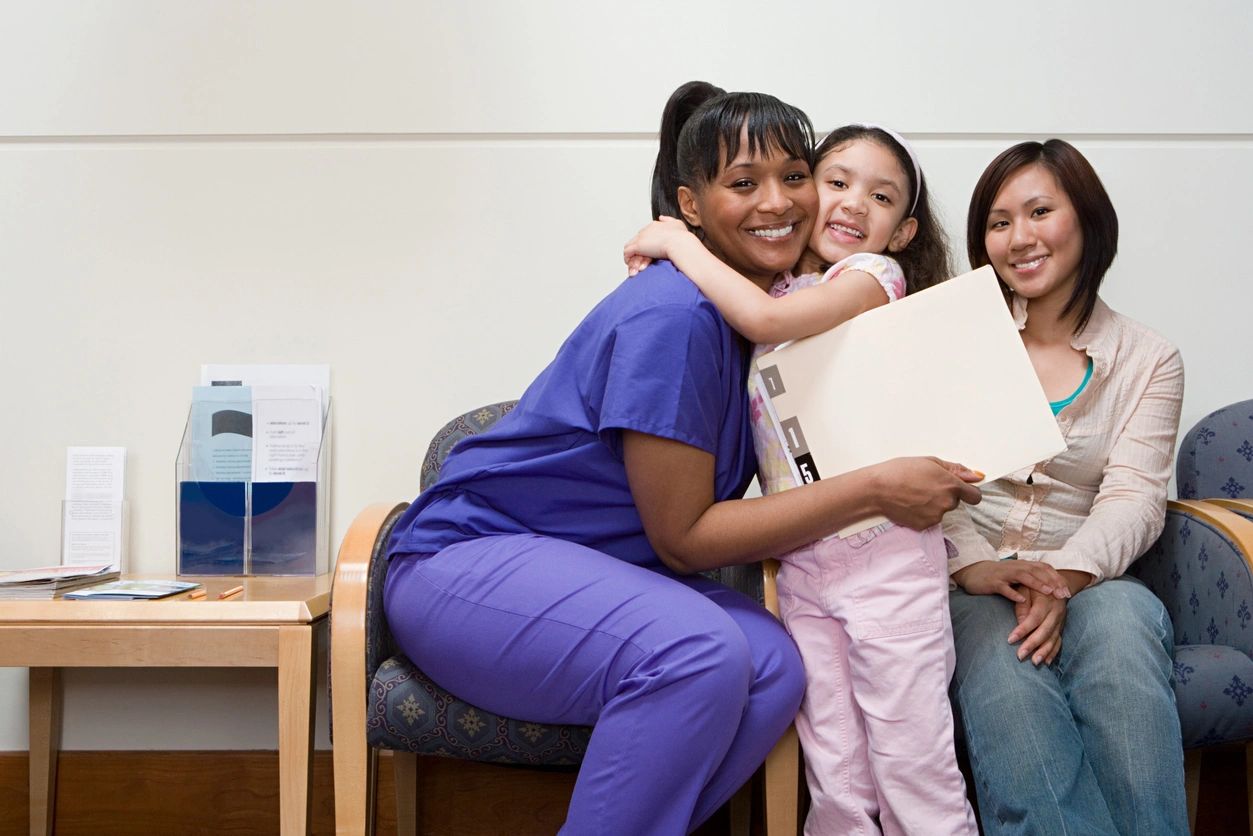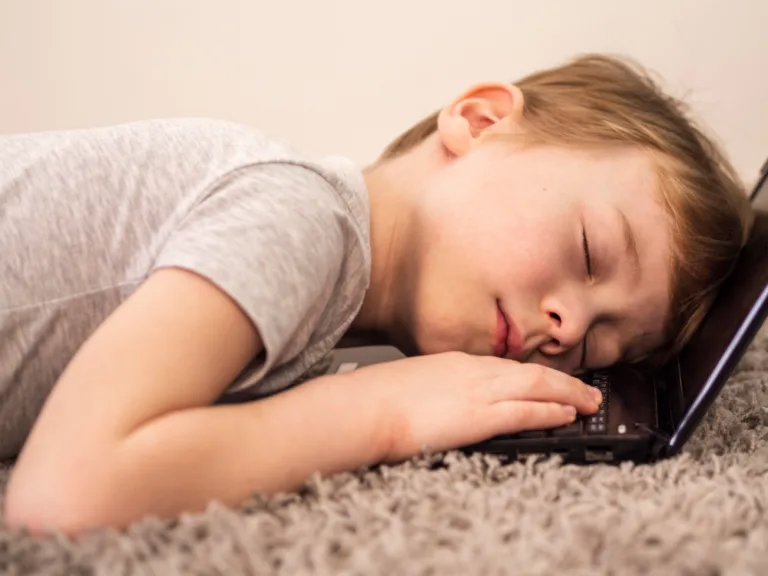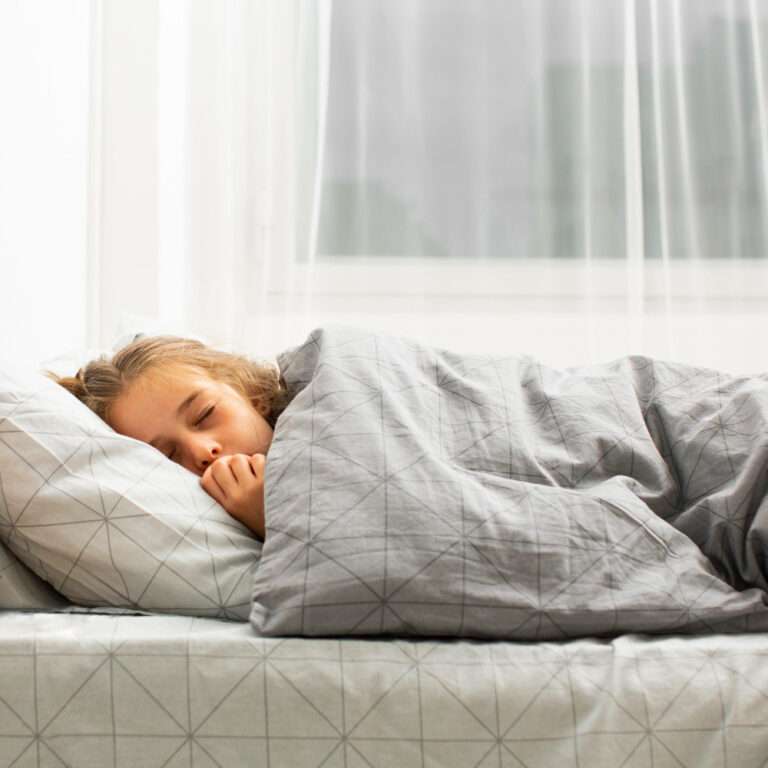Sleep disorders in children
Sleep disorders in children can disrupt their ability to get adequate, restorative sleep, which is crucial for physical and cognitive development. These disorders can manifest in various ways and may result from medical, psychological, or environmental factors. Here are some common sleep disorders in children:
- Insomnia:
- Insomnia in children involves difficulty falling asleep, staying asleep, or experiencing non-restorative sleep.
- Causes may include stress, anxiety, bedtime resistance, or poor sleep hygiene.
- Sleep-Related Breathing Disorders:
- Sleep-related breathing disorders encompass conditions like:
- Obstructive Sleep Apnea (OSA): In OSA, the airway becomes partially or completely blocked during sleep, leading to pauses in breathing. This can result in frequent awakenings and daytime sleepiness.
- Central Sleep Apnea (CSA): CSA occurs when the brain fails to send the appropriate signals to the muscles that control breathing. CSA is less common in children than OSA.
- Snoring: Persistent snoring in children can be a sign of sleep-disordered breathing and may require evaluation by a healthcare provider.
- Sleep-related breathing disorders encompass conditions like:
- Parasomnias:
- Parasomnias are abnormal behaviors that occur during sleep and include:
- Nightmares: Disturbing dreams that cause awakenings and distress.
- Night Terrors: Sudden episodes of extreme fear, screaming, and agitation during sleep. Children may not recall these events.
- Sleepwalking (Somnambulism): Walking or performing activities during sleep without awareness.
- Sleep Talking: Uttering speech during sleep.
- Bedwetting (Nocturnal Enuresis): Involuntary urination during sleep.
- Parasomnias are abnormal behaviors that occur during sleep and include:
- Restless Legs Syndrome (RLS):
- RLS involves an uncomfortable sensation in the legs, often described as crawling or tingling, that is relieved by movement.
- Symptoms can interfere with falling asleep and may lead to periodic limb movements during sleep (PLMS).
- Narcolepsy:
- Narcolepsy is characterized by excessive daytime sleepiness and sudden episodes of falling asleep, often triggered by strong emotions.
- Cataplexy, a sudden loss of muscle tone triggered by emotions, can also occur in some children with narcolepsy.
- Delayed Sleep Phase Disorder:
- Delayed sleep phase disorder involves a persistent pattern of going to bed and waking up significantly later than desired, causing difficulty with morning routines and school schedules.
- Circadian Rhythm Disorders:
- Circadian rhythm disorders result from disruptions in the body’s internal sleep-wake cycle. Examples include jet lag and shift work sleep disorder.
- Behaviorally Induced Sleep Disorders:
- These disorders result from learned behaviors or sleep associations that disrupt sleep. Examples include bedtime refusal and night waking due to parental presence.
Treatment and Management:
- The treatment of sleep disorders in children depends on the specific disorder and its underlying causes.
- Behavioral interventions, lifestyle changes, and good sleep hygiene practices are often recommended.
- In some cases, medication or medical interventions may be necessary, especially for conditions like sleep apnea.
It’s essential for parents and caregivers to consult with healthcare professionals or pediatric sleep specialists if they suspect their child has a sleep disorder. Early diagnosis and appropriate management can help improve a child’s sleep quality, overall health, and daytime functioning.
Sleep aids




------------From our Sponsors------------









